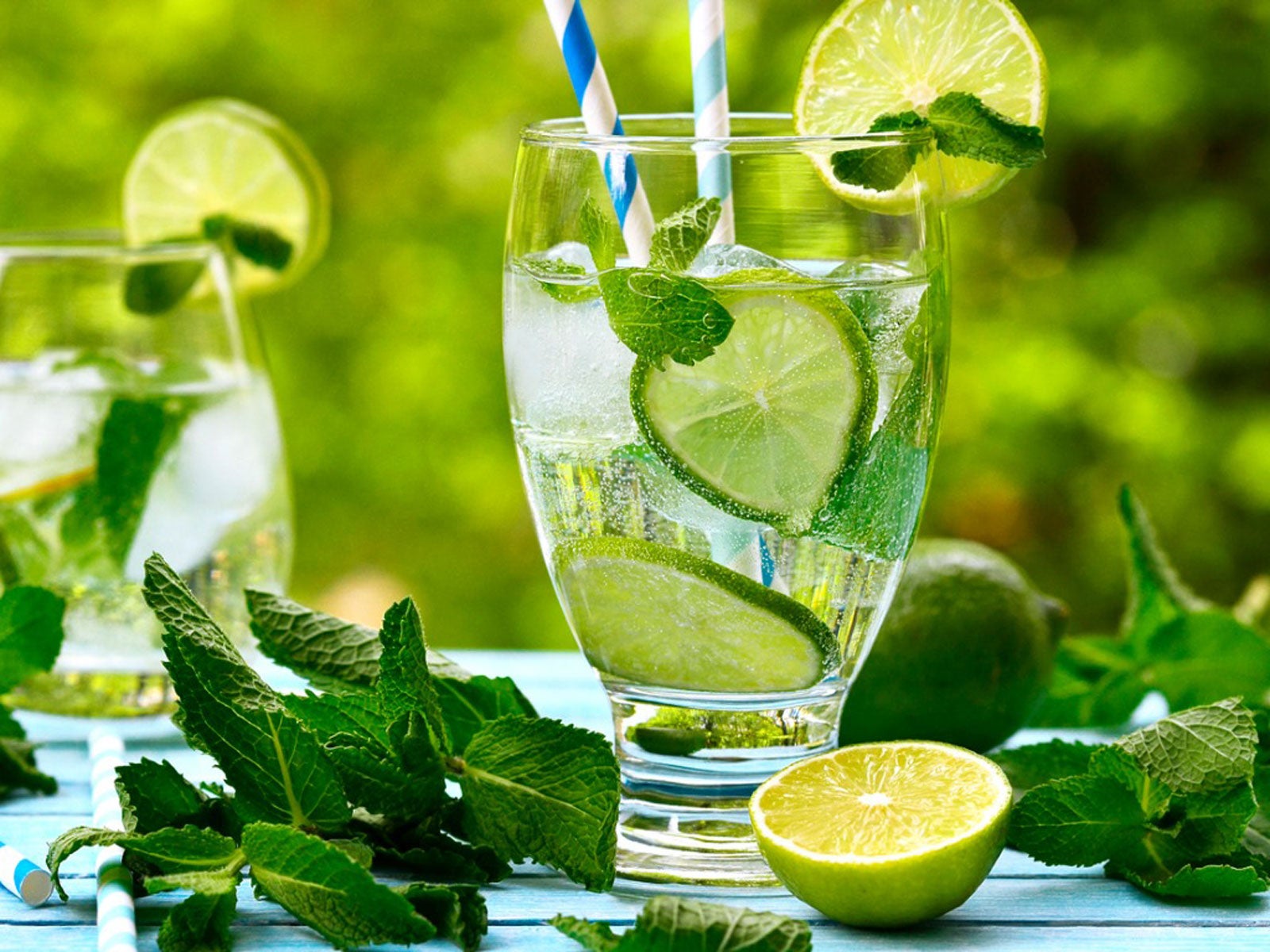Cocktail Garden Containers: Growing Ingredients For Drinks And Cocktails


Whether it is a cocktail garden, bartender’s garden, or simply a space on the balcony, growing fresh fruit, veggies, and herbs to infuse into cocktails has become a staple in edible gardening. Read on to learn more about growing ingredients for drinks and cocktails in pots.
What is a Cocktail Garden?
It is simply a way to make the freshest, most personal drinks for yourself or a crowd. For a garden-to-glass drink, plant the fruits, vegetables, or herbs you would like to add to your drinks or cocktails for the freshest experience possible. Experiment to find the unique flavors you enjoy. Ramp up the taste with fresh juices, purees, infusions, syrups, or garnishes.
How do you plant a cocktail garden? If you already grow ornamentals or vegetables, you can tuck a few more into your garden space. If not, the easiest way to plant your garden is in containers.
Designing Cocktail Garden Containers
If the sun is on your patio or balcony, that is the best place to locate your cocktail garden containers. Most fruits, vegetables, and herbs need 6 to 8 hours of sun a day.
If you live in USDA growing zones 9-11, you can site dwarf fruit trees in the ground. If not, grow them in large containers that you can move indoors for the winter. Start with containers about 6 inches (15 cm.) wider than the nursery pot in which you purchased the plant. Drainage is crucial. All planting pots need several holes in the bottom of the container.
Citrus trees come in dwarf varieties that are excellent for containers. Examples include dwarf varieties of Meyer lemon, key lime, pomegranate (zones up to 7), and orange. Plant your citrus in well-draining sandy soil with moderate fertility. Fertilize every 4 to 6 weeks during the growing season.
Other fruits essential for cocktail gardening in pots include blueberries and strawberries, both of which are easy to grow in containers. Choose blueberry varieties depending on whether you live in cold or warm climates; you may want to go with a dwarf variety. They need acidic soil so mix 50 percent potting soil with 50 percent sphagnum peat moss. Keep the soil moist but not wet. Fertilize each spring with a fertilizer for acid-loving plants.
Gardening tips, videos, info and more delivered right to your inbox!
Sign up for the Gardening Know How newsletter today and receive a free copy of our e-book "How to Grow Delicious Tomatoes".
For strawberries, choose a hanging basket, urn type “strawberry pot,” or regular container. In the urn type, insert a strawberry plant in each opening and three or four on top. Use three or four plants for a regular container. Plant them in a well-draining potting mix and add a slow-release fertilizer like 10-10-10 to the soil. Site the pot in full sun to part shade. Water regularly through the season.
Vegetables you might like for cocktail infusions that do well in containers include tomato, carrot, cucumber, and hot pepper. You will not need to overwinter them so use the largest container you have, at least 5 gallons (19 liters). For the soil, combine potting mix, peat moss, and compost or manure for a well-draining soil. Make certain the pot has several drainage holes. Water containers every few days until the weather turns hot. Then more frequent watering is needed. Use a finger to evaluate soil moisture. Fertilize regularly during the growing season.
Herbs are excellent container candidates and will do nicely for cocktail gardening in pots. Use a regular potting mix and, if the container is large, you can plant three herbs in each pot. Perennial herbs that come back each year include rosemary, lavender, lemon verbena, thyme, and sage. Annual herbs that you need to replant each year include basil, mint, and dill. Site the pots in full sun and water regularly.
Now that your ingredients for drinks and cocktails are up and ready, you can enjoy a fresh garden-to-glass drink whenever you want!

After graduating from Oklahoma State University with a degree in English, Susan pursued a career in communications. In addition, she wrote garden articles for magazines and authored a newspaper gardening column for many years. She contributed South-Central regional gardening columns for four years to Lowes.com. While living in Oklahoma, she served as a master gardener for 17 years.
-
 8 Perfect Flowers To Plant With Tomatoes To Boost Yields & Banish Pests
8 Perfect Flowers To Plant With Tomatoes To Boost Yields & Banish PestsDon’t forget flowers when choosing companion plants for your tomato beds or pots. These pretty, fragrant blooms add beauty but are also highly beneficial.
By Mary Ellen Ellis
-
 Want The Longest Lasting Hydrangea Flowers? Grow These 8 Panicle Hydrangea Varieties
Want The Longest Lasting Hydrangea Flowers? Grow These 8 Panicle Hydrangea VarietiesFor ornamental shrubs that deliver the longest flowering seasons with plush blooms and delicate hues, these panicle hydrangea varieties are essential in your yard
By Tonya Barnett